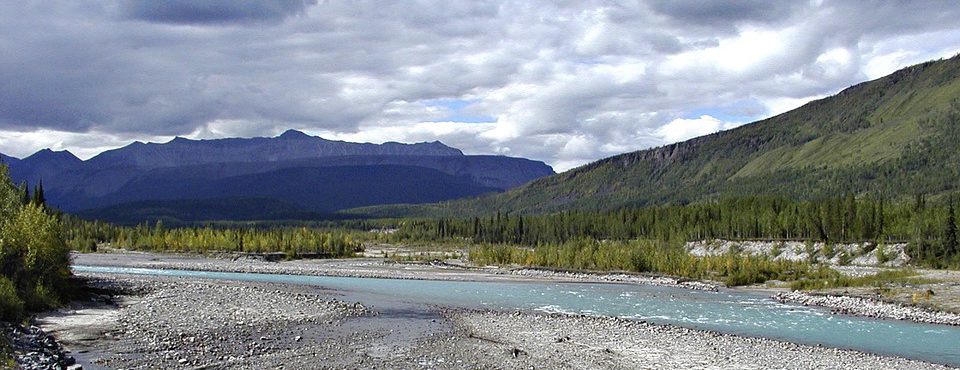
Snakes in the Grass
The most important and easiest means of protecting yourself from a snake attack or snake bite is to simply avoid all contact with snakes , unless , of course , you’re a ” snake charmer ” . For the rest of us , remember that snakes don ‘t like charming . Snakes move in a slithering and sometimes side-winding motion . They have developed several modes of locomotion with each mode being distinct from the others . Lateral undulation is the most common mode in terrestrial locomotion and the sole mode of locomotion in aquatic locomotion . They also move and strike with lightning speed , making it almost impossible to avoid an attack or strike . Therefore , your first and most important defense against a snake attack is to avoid them . To avoid them you must know where they live and where they are most likely to be when they are not at home .
Know where snakes live

Snakes , depending on the specie , can live in tall grass , in a crevice or in a dark hole . They can also live in trees and hide out in man-made objects . There are also many species of water snakes . Snakes are not social creatures and therefore tend to hide while waiting for their prey . Their main hunting technique is ambush .
Know your specie of snake

Being prepared means knowing the specie of snake in the area or climactic environment that you will be frequenting . Snakes can be found on every continent except Antarctica . In addition to land snakes , sea snakes are quite widespread in the Indian and Pacific Oceans . Water snakes are also prevalent along lakes and river banks and can lie in wait under your boat . There are over 3,4oo species of snakes worldwide and while this is and incredible number , rest assured that they will not all be in your area of travel .
Ten Interesting Facts About Snakes
- snakes are carnivorous
- snakes have no eyelids or external ears
- they have only one lung
- the tiny Thread snake is only 10 cm long
- the Reticulated python can be almost 7 m long
- most snakes are nonvenomous
- some species kill by constriction
- they live in the Himalayas at 16,000 feet
- they use smell to track their prey
- weak eyesight , infrared sensitivity and ground vibration are three means of detecting prey
- some snake venom will attack your blood stream
- some snake venom will attack your nervous system
- large pythons kill by constriction – stay away from these places
- of the 725 venomous snakes only 250 can kill with 1 bite
- in India 250,000 bites are recorded annually resulting in as many as 50,000 deaths
To Protect Yourself From A Snake Attack
- know where they live
- know the specie(s) in your area of travel
- they can be found in trees at eye level
- do not stick your hands or feet in a crevice , hole or other similar cavity
- snakes will lie in the sun motionless to warm their bodies – look for them to be there
- carry a stick to clear the tall grass and vegetation while looking for them if you cannot avoid walking through tall grass or other thick areas of vegetation
- they are very well camouflaged and are sometimes very hard to see in the trees
- wear heavy boots and gaiters designed for snake bite protection
- carry a snake bite kit
- most snakes are nocturnal – keep your boots inside your tent
- zip up your tent
- be sure to research the area for the specie of snake that lives there

All in all , a very small percentage of snakes are dangerous to humans . They are a very interesting part of the natural world and if given their due respect , they should not prevent you from enjoying the outdoors .

